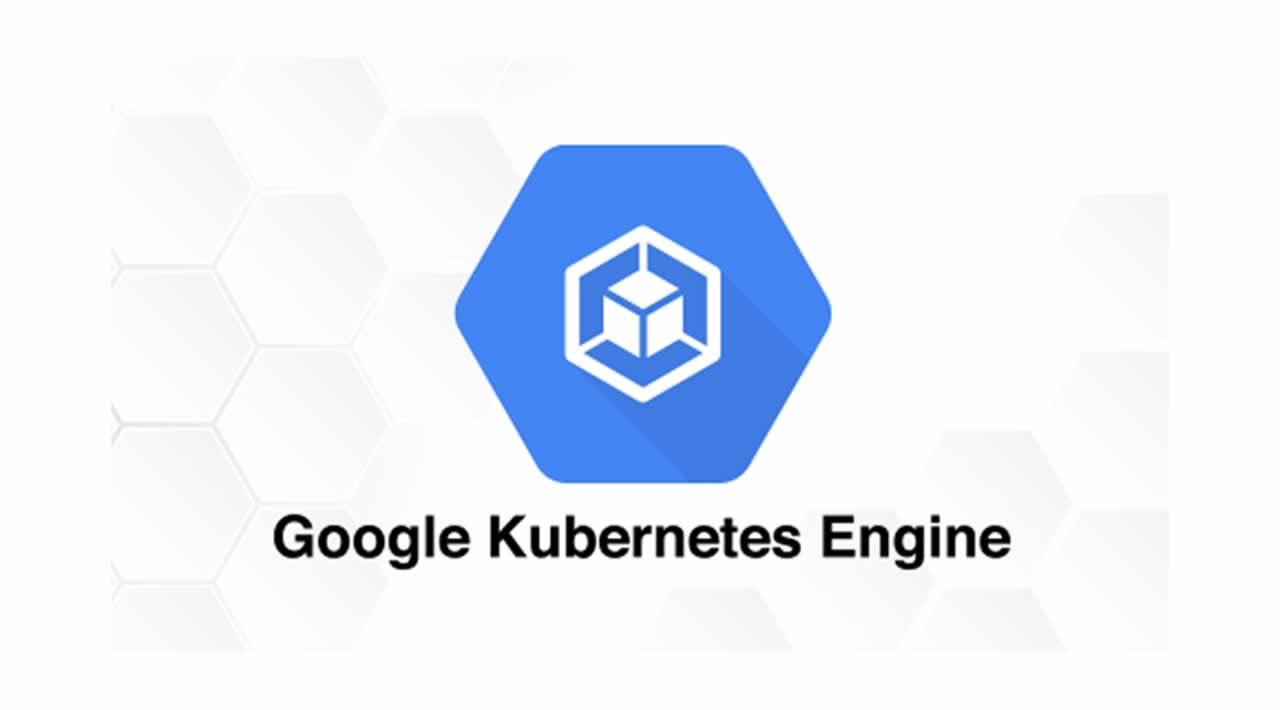Google Kubernetes Engine (GKE) is a managed environment for deploying, managing and scaling containerized applications using the Google Cloud Platform infrastructure. The environment that Google Kubernetes Engine provides consists of multiple machines, specifically Google Compute Engine instances, which are grouped together to form a cluster. Google Kubernetes Engine draws on the same reliable infrastructure and design principles that run popular Google services and provides the same benefits like automatic management, monitoring and liveness probes for application containers, automatic scaling, rolling updates, and more.
Overview
This guide is designed to help you to get started with Google Kubernetes Engine(GKE). We will be using the Google cloud shell to setup the GKE cluster and host a multi-container application. This guide will walk through the steps to:
- Prerequisites
- Creating Clusters
- Administering Cluster
- Configuring and expanding Clusters
- Deploying workloads to clusters
- Deploying applications
Prerequisites
In this section, we will enable the Kubernetes Engine API. Along with this we will setup a cloud shell and Local shell for deploying the Kubernetes Cluster.
Choosing a Shell
To complete this tutorial, you can either use a cloud shell or local Linux terminal.
Cloud Shell
Cloud Shell is a shell environment for managing resources hosted on Google Cloud. Cloud Shell comes preinstalled with the gcloud command-line tool and kubectl command-line tool. The gcloud tool provides the primary command-line interface for Google Cloud, and kubectl provides the primary command-line interface for running commands against Kubernetes clusters.
To launch Cloud shell, perform the following steps.
#containers #kubernetes #gke
